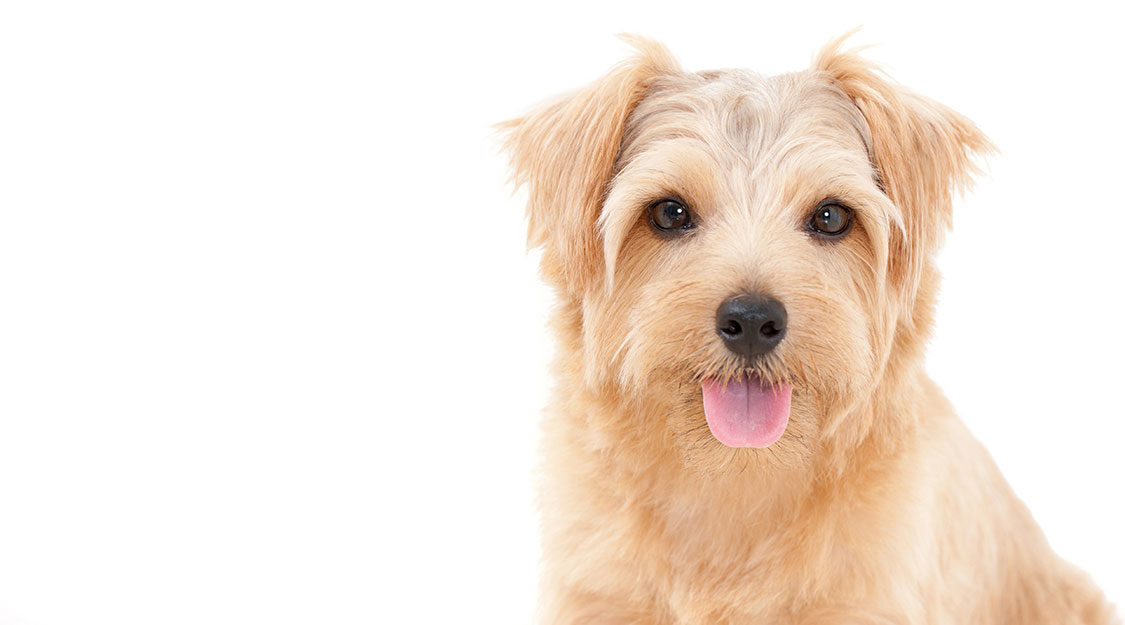Basic clicker training is the best training tool
Animal training is all about effective communication. The more precise, consistent and accurate that communication is, the quicker the animal learns. And one of the best tools to use is a clicker.
Clickers are used to quickly and precisely communicate to your dog that what they did was exactly what you were looking for and at the exact moment they did it. It also signals to the animal that they are about to be rewarded for what they did.
Clickers come in many shapes and sizes. It is basically an inexpensive toy that makes a cricket-like sound. Most clickers are small matchbox-sized plastic boxes.
How it works
Initially, a clicker has no value to a dog, so you have to make it mean something. To give value to the clicker, you simply click and give your dog a piece of highly valued food like chicken, cheese, liver treats and so on.
Food is one of several “primary reinforcers” that dogs respond to and it’s the easiest thing to use in this process. Other primary reinforcers include physical affection, play time, and water. If you click and give your dog a piece of food and repeat this ten to twenty times, the clicker now becomes associated with the food.
This process is called classical conditioning. And the clicker now becomes known as a “secondary reinforcer”. In the dog’s mind, the click has actually taken on some of the quality of the primary reinforcer, in this case – the food.
When your dog has made the association between the clicker and the food, you can begin to use the clicking sound for training. This is called “operant conditioning”.
A click now means “Good boy!”
Using a clicker is essentially the same as saying “good boy” whenever he does something you want him to. If your dog puts his behind on the floor, for example, and you click the moment that happens, he learns that what he did has earned him a treat.
So now he will more readily repeat that behavior in the future. So the clicker, in essence, “captures” your dog’s behavior because it quickly identifies it and the dog understands he will be rewarded.
The clicker is quicker and more precise than saying “good dog” because people have a tendency to remember to click with more consistency and precision than when using verbal praise. People say “good dog” so often throughout the day, this phrase often has less value than the special clicking sound. And quite frankly, it takes longer to say “good dog” than it does to click.

